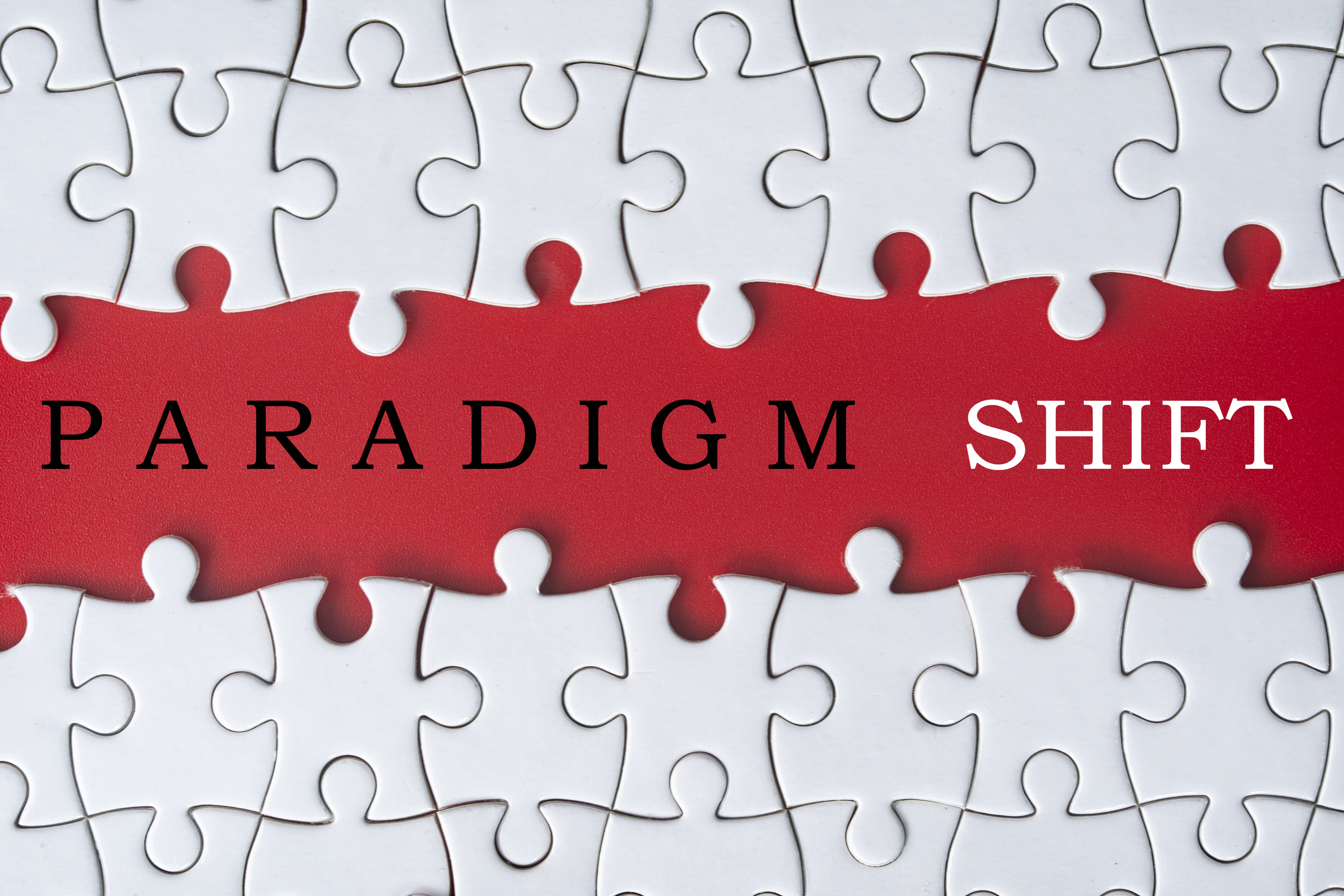By Robbin Laird
At the recent Navy League meetings held during the first week of April, I had a chance to talk with several companies and analysts about the evolution of maritime capabilities and what the U.S. and allies could do to ramp up the capabilities of the “fight tonight force.”
While the Trump Administration has rightfully turned its attention to finding ways to enhance the ability of the United States to expand the size of the capital fleet, the surest way to enhance near to mid-term capabilities is by focusing on ways to expand systems that can deliver enhanced distributed maritime effects to the force.
A key element of being able to do so is the ramp up of the payloads which can deliver data to inform decision making for the fleet, and to distribute such payloads on air systems or on maritime autonomous systems.
One company that is clearly doing this is ThayerMahan. I had the opportunity to with Dr. Kevin Lopes, Vice President for marketing with the company. Dr. Lopes spent many years with the U.S. Coast Guard and based on his experience he focused in his professional development on organizational design and change. Indeed, he received his PhD in this subject area.
And, frankly, I believe that organizational design of maritime forces facing the new technologies of autonomous systems, the payload revolution in delivering both kinetic and non-kinetic effects, and the much more innovative use of air systems by the fleet is crucial to mission success in the period ahead.
We explored the revolutionary potential of distributed maritime effects and autonomous systems in transforming naval operations. Our conversation highlighted how data-centric approaches on distributed autonomous maritime autonomous systems or on various types and kinds of air systems is a key to the future of maritime security and defense.
Dr. Lopes shared how ThayerMahan, named after naval strategist Alfred Thayer Mahan, takes a fundamentally different approach. Founded by former Submarine Force Commander Mike Connor, ThayerMahan was created with the recognition Navy would “never have the capacity that he needed” through traditional capital ship acquisition.
According to Lopes, “Admiral Connor envisioned many distributable, perhaps attritable or not, unmanned or autonomous assets, working together in networks that could be severed or connected, and that could be applied to different mission sets.”
We discussed the conceptual shift from platform-centric to payload-centric thinking. Dr. Lopes described their partnership with Australian company OCIUS and their Blue Bottle platform, noting: “It’s the payload that matters. But for right now, what we found is the Blue Bottle platform is one of the better ones out there for what we need to do.”
In other words, one is focused on the product that you want, the deliverable that you want. One is focused on the payload that can deliver it. One is simply looking for something that can carry that payload without undercutting the performance of that payload.
We focused on the concept of selling data rather than platforms. Dr. Lopes shared their success working with NOAA on fishing law enforcement, where “NOAA doesn’t care about anything except the data.”
A “data as a service” model allows for greater flexibility, faster adaptation, and reduced acquisition challenges for naval and maritime organizations. This approach allows customers to ease the acquisition transition to autonomous AI systems and lowers their risk. Rather than the government agency taking the platform or AI development risk. It is the company that works the platforms and the AI. They deliver a data product to the customer.
In other words, rather than the customer sorting out which maritime platform to acquire and maintain, or which AI system to use and upgrade to process data acquired by the payloads on the platforms, the customer can just focus on the data and its use in making smart decisions.
Drawing on his experience with command-and-control structures, Dr. Lopes suggested reframing the challenge for deployed forces as one “going from a single decision loop to a continuous organizational learning loop.”
The challenge, particularly for established naval forces, includes overcoming entrenched organizational structures and career paths built around traditional platforms and systems.
In my view, the market for ramping up the delivery of distributed maritime effects is going to outpace the capital ship market tremendously, even if the capital ship market gets more money from governments, given the costly nature of a shipbuilding enterprise.
Nonetheless, as navies worldwide grapple with limited budgets and expanding threats, the paradigm shift toward data-centric, autonomous systems may well represent the future of maritime operations.
Featured image: Credit:Dreamstime.


